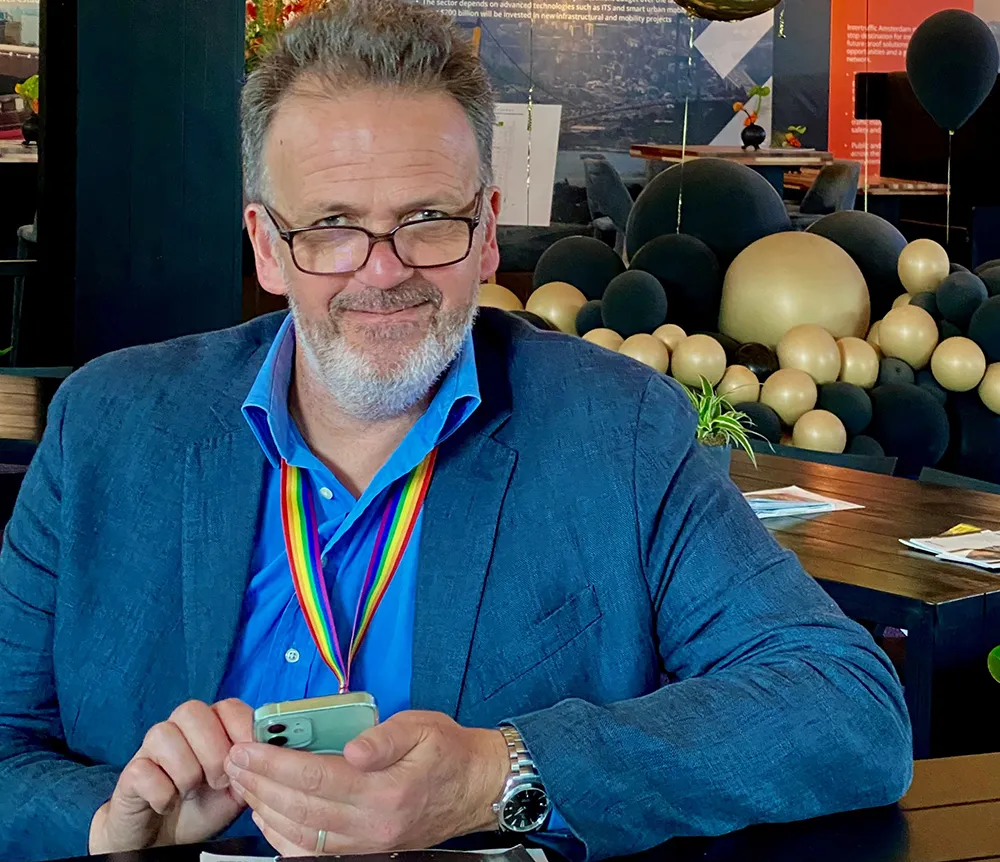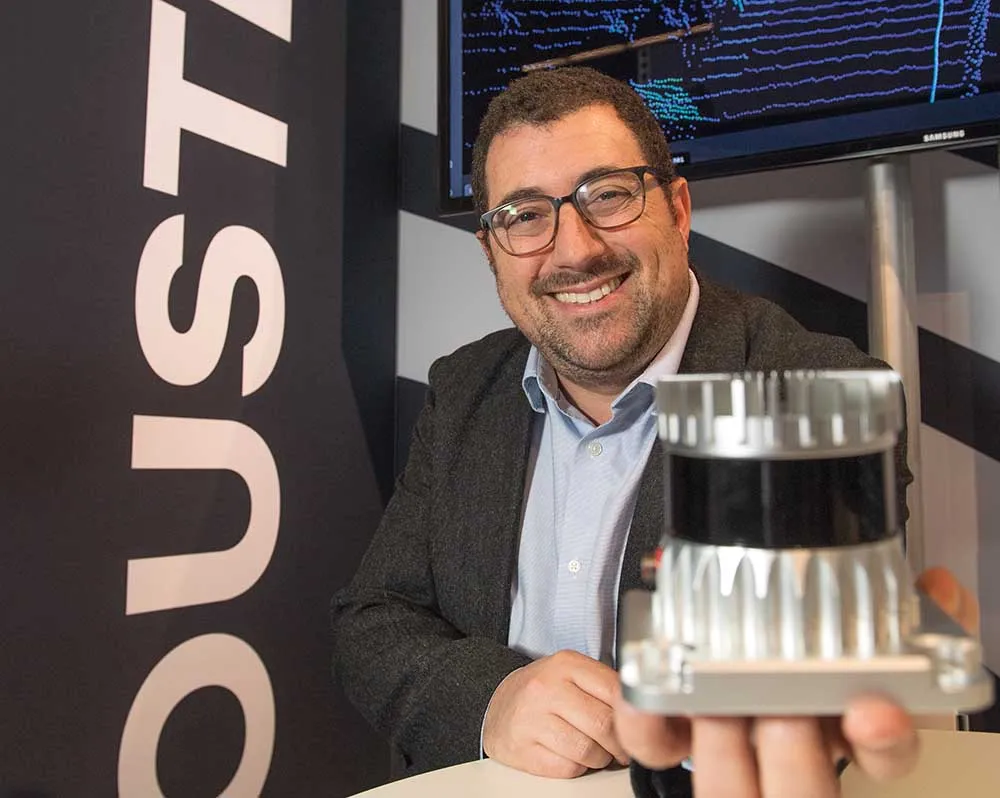
There’s nothing new about paint when it comes to road markings, of course, but this colourful initiative had unexpected consequences. The Asphalt Art Safety Study from Sam Schwartz Consulting found that painting the town red – and green, purple and yellow - actually reduced traffic crash rates and unsafe driving. Paint, in other words, is not just pretty.
Janette Sadik-Khan, principal for transportation at Bloomberg Associates and former commissioner of the New York City Department of Transportation, believes this means there is a safety case for other arts-driven street design initiatives. “We crunched the numbers to show that projects like these are so much more than eye-candy,” she explains.
More research would be good; a number of elements are at play here and it will be useful to establish how much is down to the startling visibility of these junctions and how much to other factors. But the results are positive and, at the very least, are worthy of consideration for cities looking to manage reallocated roadspace in a post-Covid world.
True, paint is old technology - but with a bit of imagination it still has its uses. Does this mean it’s a substitute for other road safety management measures? No. But as a complement to them? Sure, why not.
Fresh thinking is welcome. And on that note, we’re delighted to publish the winning entry in ITS (UK)’s Essay Award, whose theme was the innovative application of ITS solutions to achieve decarbonisation goals. Mott MacDonald apprentice Leora Wilson has a number of interesting thoughts.
There are two main reasons for publishing it: one, it’s a good piece of writing; and two, it is by one of many bright young people who are choosing to make their career in our industry. We’re fortunate to have them; we need all the new talent we can get.










